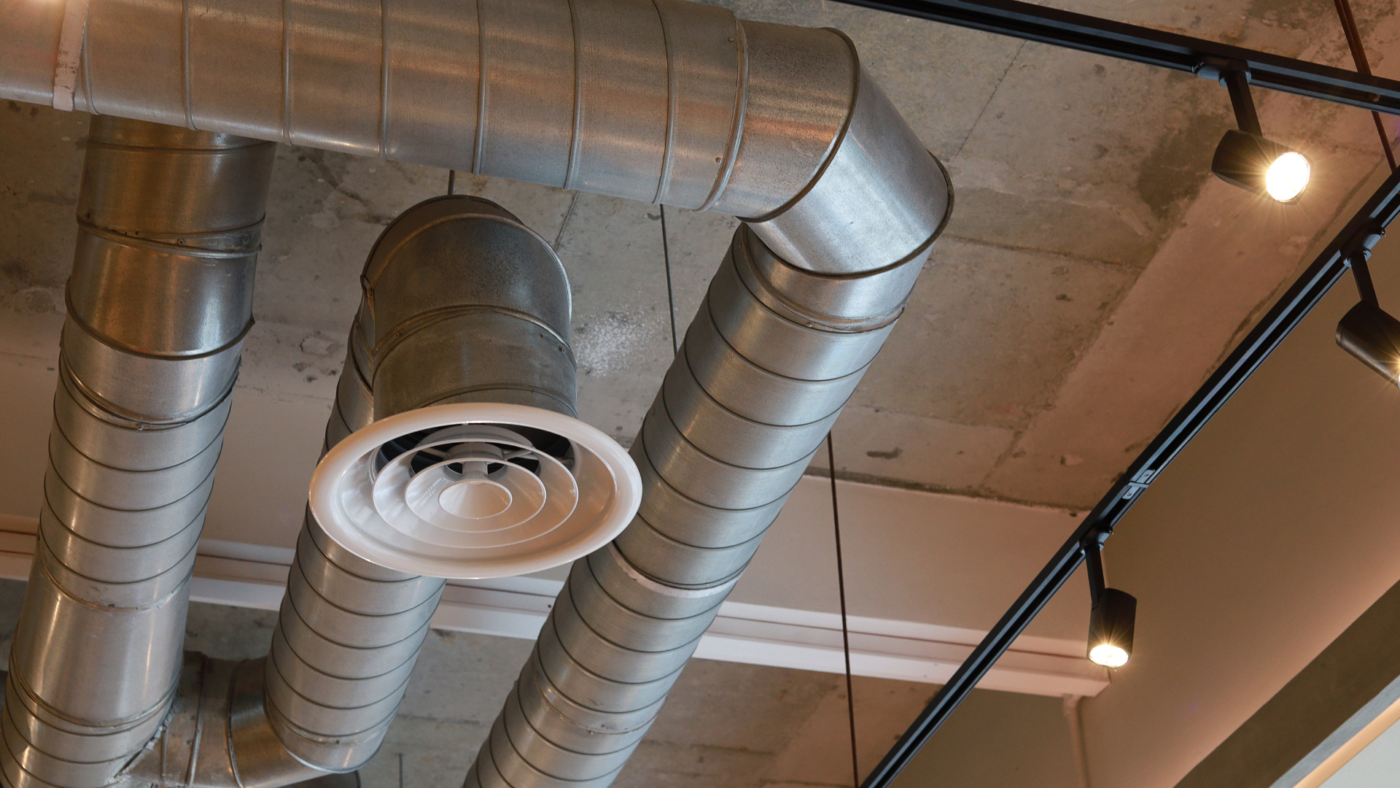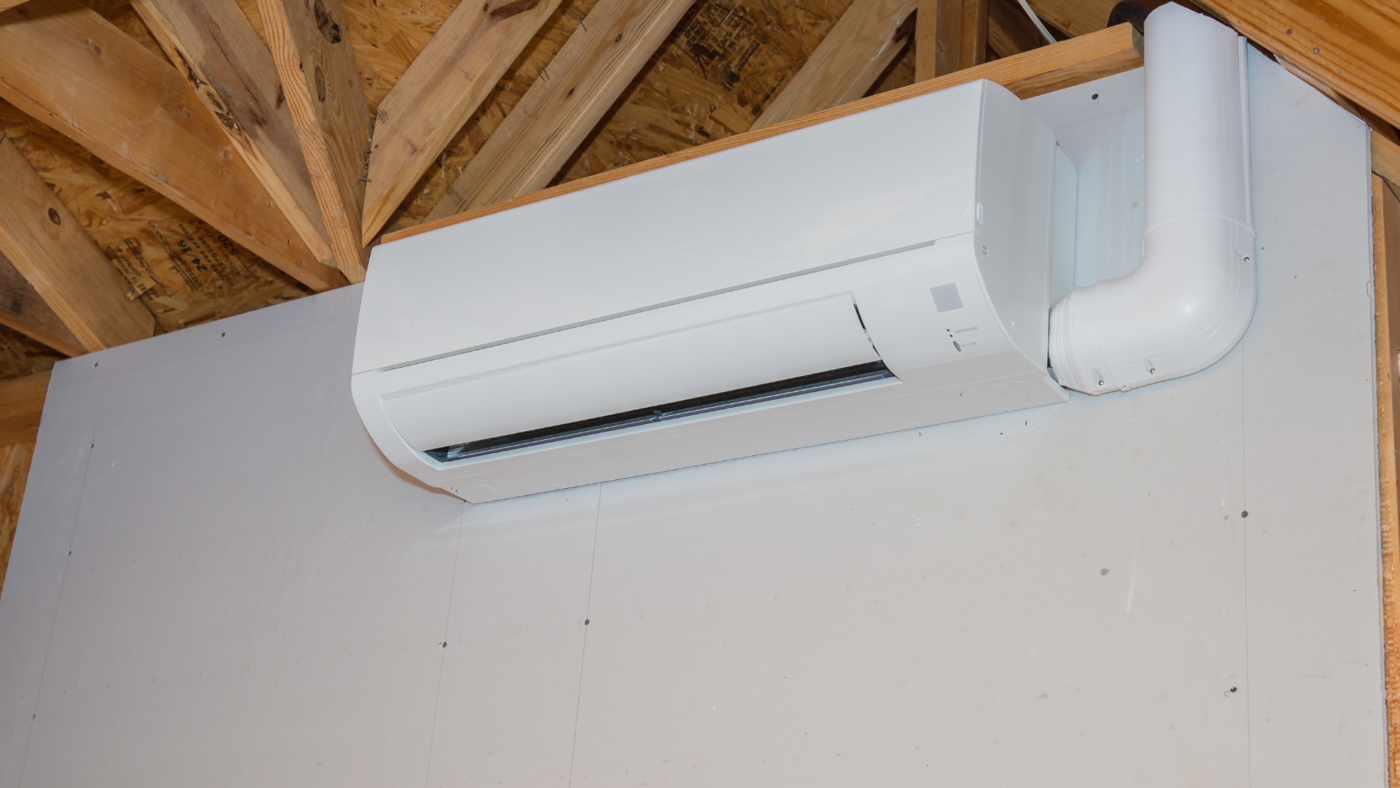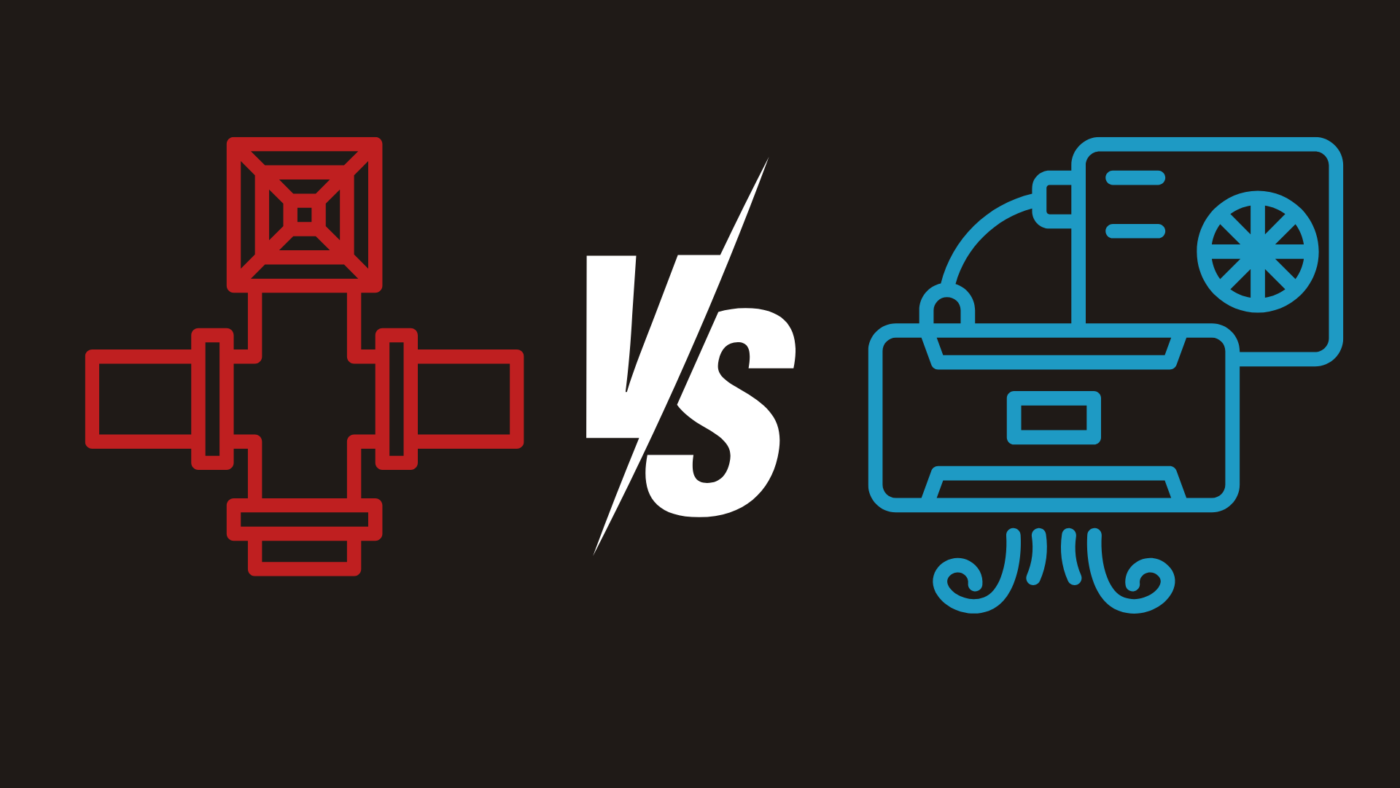When it comes to heating and cooling your home, choosing between ducted and ductless systems can be a significant decision. Both have their unique advantages and potential drawbacks. Let’s dive into the details to help you make an informed choice.
Ducted Systems
Ducted systems, also known as central air conditioning systems, use a network of ducts to distribute air throughout your home. A central unit, typically located in the attic or garage, generates hot or cool air, which is then pushed through the ducts to various rooms. .

.

How they Work
The primary components of a mini-split system include the outdoor unit, the indoor unit(s), and the conduit that connects them. The outdoor unit houses the compressor, condenser coil, and fan. The compressor is responsible for pressurizing the refrigerant, converting it from a hot gas into a liquid. The condenser coil allows the refrigerant to release heat to the outside air, and the fan helps to dissipate this heat efficiently.
The indoor unit, often referred to as the evaporator unit, contains the evaporator coil, blower, and air filter. The evaporator coil absorbs heat from the indoor air, causing the refrigerant to evaporate into a gas. The blower then circulates the cooled air back into the room, while the air filter captures dust, pet dander, and other allergens to improve indoor air quality.
Connecting the outdoor and indoor units is the conduit, which houses the refrigerant lines, drain lines, and electrical cables. The refrigerant lines carry the refrigerant between the indoor and outdoor units, while the drain lines remove any condensate produced during the cooling process.
Inverter
Mini-split systems often use inverter technology, which allows the compressor to operate at variable speeds. This means the system can adjust its output to match the heating or cooling demand more precisely, maintaining a consistent indoor temperature and improving energy efficiency. Instead of turning on and off frequently, the inverter technology allows the system to run continuously at lower speeds, reducing energy consumption and wear on the components.
Benefits
Mini-split systems offer several benefits that make them an attractive option for many homeowners:
- Energy Efficiency: Mini-splits avoid the energy losses associated with ductwork, which can account for up to 30% of energy loss in traditional ducted systems. By delivering conditioned air directly to the room, mini-splits ensure that energy is used more effectively.
- Individual Zone Control: Mini-splits allow you to control the temperature in individual rooms or zones. This means you can heat or cool only the rooms you are using, leading to personalized comfort and potential energy savings.
- Easy Installation: Installation is generally easier and less invasive compared to ducted systems. The conduit connecting the indoor and outdoor units requires only a small hole in the wall, making mini-splits a versatile option for homes without existing ductwork, room additions, or areas that need supplemental heating or cooling.
- Improved Indoor Air Quality: Mini-splits come with advanced filtration systems that can reduce dust, allergens, and other pollutants, creating a healthier living environment.
- Quiet Operation: Mini-split systems are known for their quiet operation, making them ideal for bedrooms, living rooms, and other areas where noise can be a concern.
- Compact Design: The indoor units are compact and can be mounted on walls, ceilings, or floors, allowing for flexible placement without taking up much space.
- Inverter Technology: Many mini-split systems use inverter technology, which allows the compressor to adjust its speed based on the cooling or heating demand. This results in more consistent temperatures, reduced energy consumption, and less wear and tear on the system.
Weighing Options
Choosing between ducted and ductless systems depends on various factors, including your home’s layout, existing infrastructure, and personal preferences. If your home already has ductwork, a ducted system might be more cost-effective. If you prefer different temperatures in different rooms, a ductless system offers better flexibility. Consider whether you mind having visible indoor units or prefer a hidden system. Ductless systems generally offer higher energy efficiency, which can lead to lower utility bills. Ultimately, both systems have their merits, and the best choice will depend on your specific needs and circumstances. Consulting with an HVAC professional can also provide personalized recommendations based on your home’s unique characteristics.
Do you have any specific questions about these systems or need further assistance with your decision?
Contact Us If you have any questions!
(833) 610-3339 Info@minisplitexpressac.com


